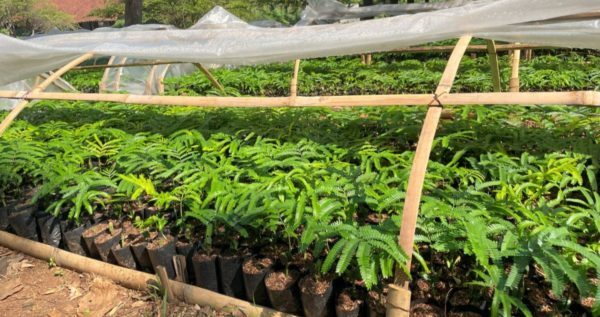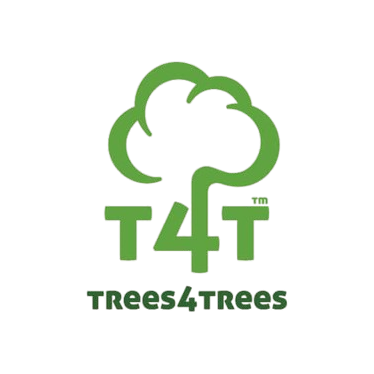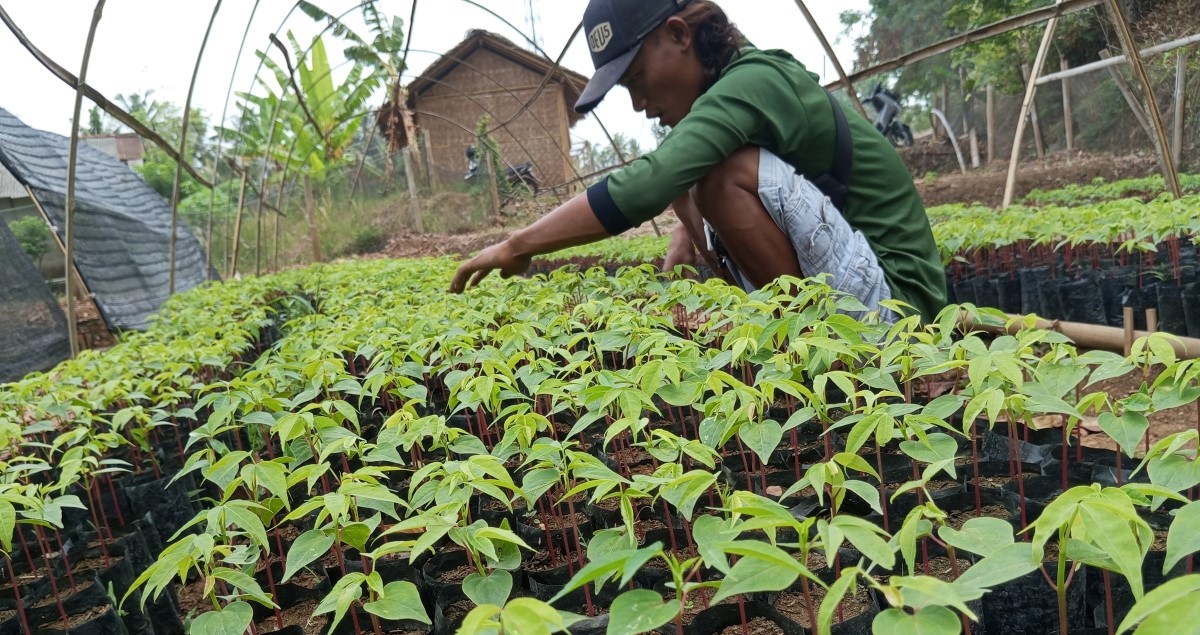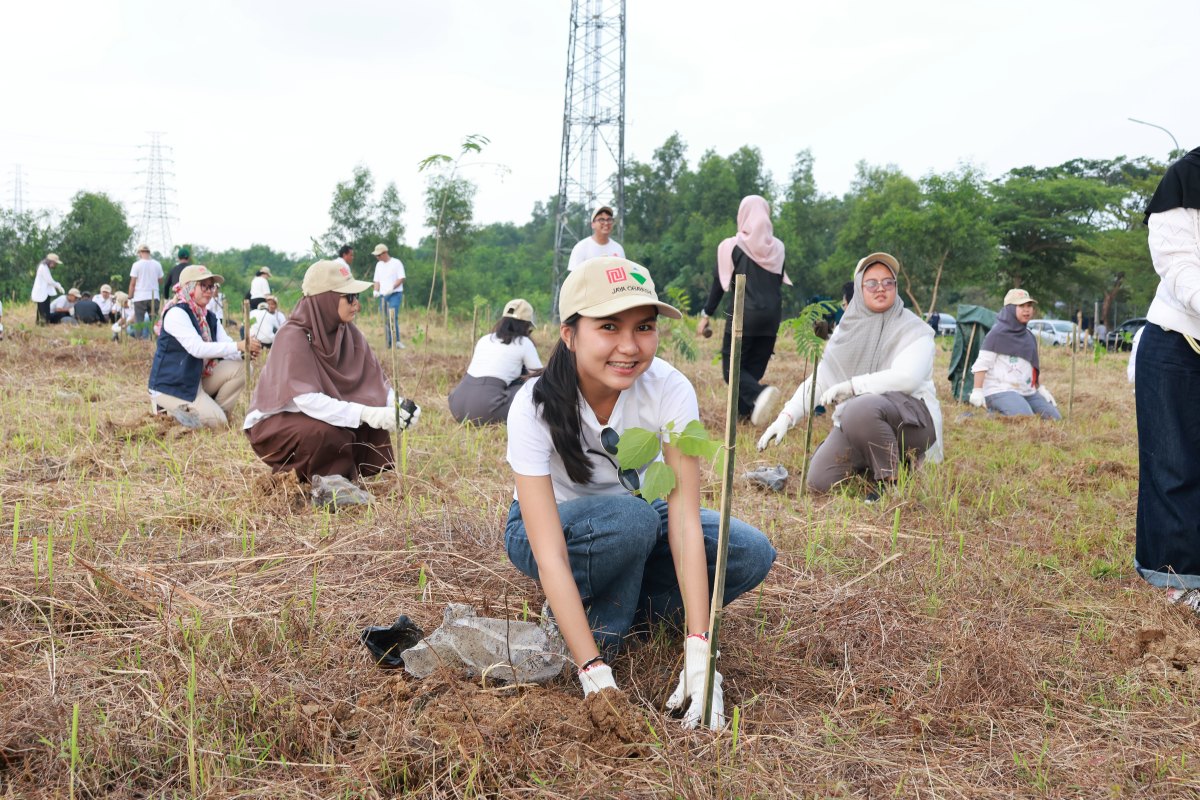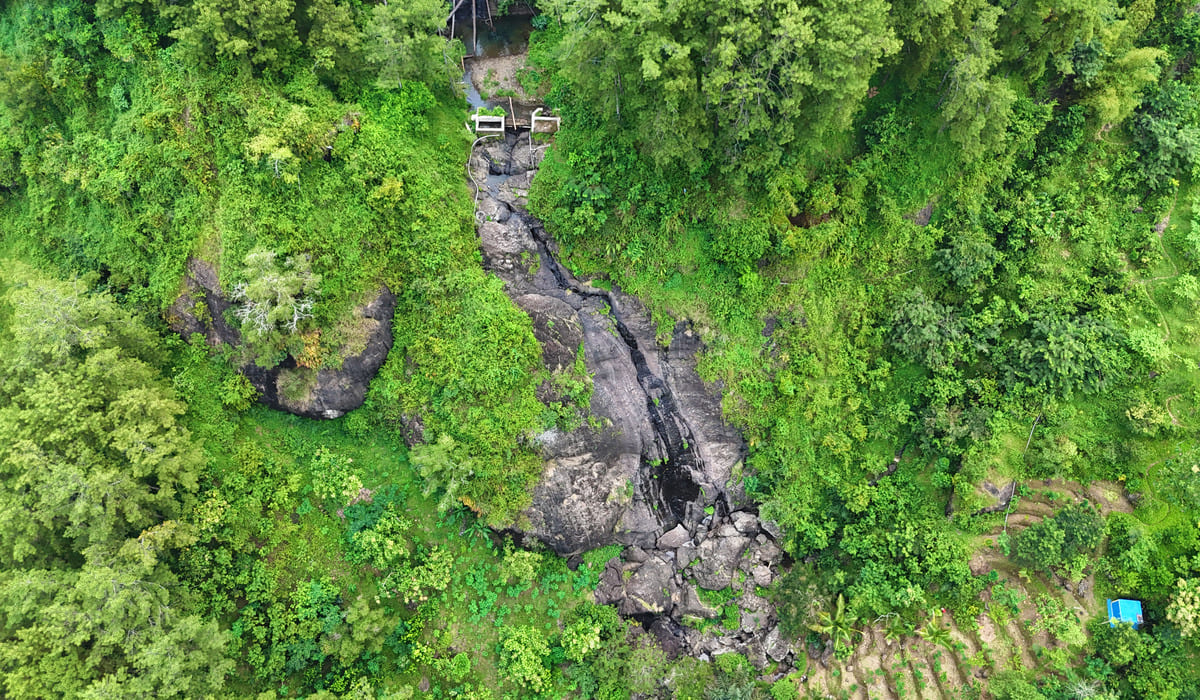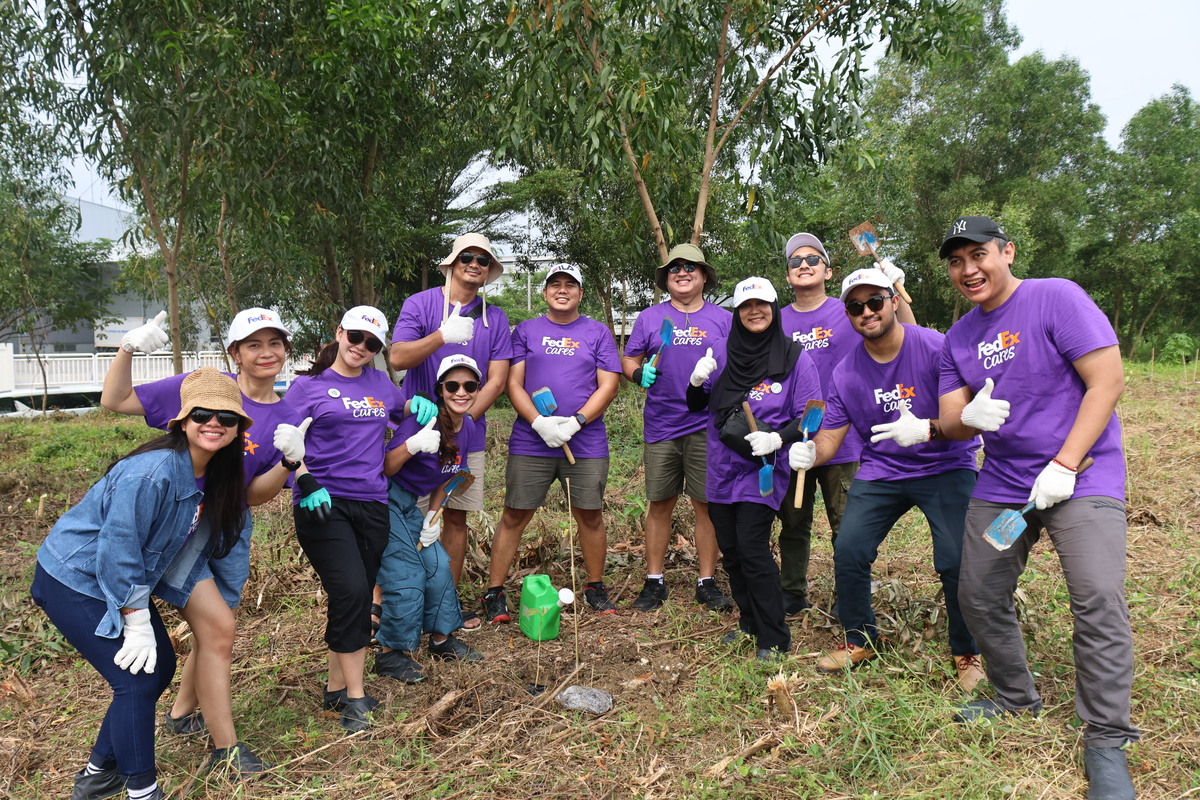Multipurpose tree species refer to the type of trees that are grown to provide numerous benefits both for the environment and the economy. These may include environmental enhancement, such as providing shade, conserving water, and improving soil quality.
In addition to the environmental benefits, multipurpose trees also yield non-timber commodities, including fruits, leaves, nuts, sap, or bark. These commodities have a significant economic value and are competitive in the market, supporting local community livelihoods. Recognizing these advantages, Trees4Trees cultivates multipurpose tree seedlings like coffee, avocado, durian, petai, clove, and cotton in its nurseries.
Let’s observe the dedicated efforts of our nursery team as they cultivate and nurture our multipurpose tree seedlings in our four established nurseries!
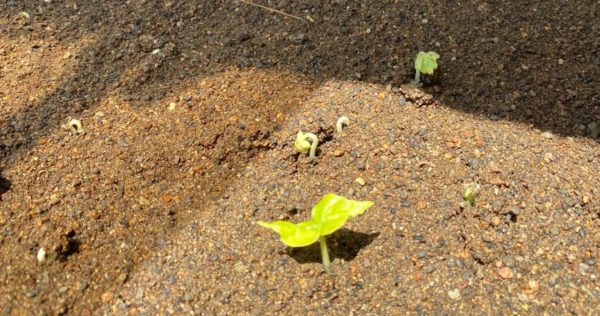
At the Kebumen nursery, a new tree-seedling has been introduced. This year, the nursery has started on the cultivation of the cotton tree, also known in Indonesia as the randu tree or kapuk tree. The decision to grow cotton trees is a response to the strong interest of the local community in Kebumen, driven by the economic value of the tree. Cotton trees produce fibers which are contained in their fruits, and these fibers are essential raw materials for textile yarn. (Above) New shoots of randu tree-seedling have begun to grow. (Below) A nursery worker is removing weeds from the randu tree seedlings to ensure the maximum growth.
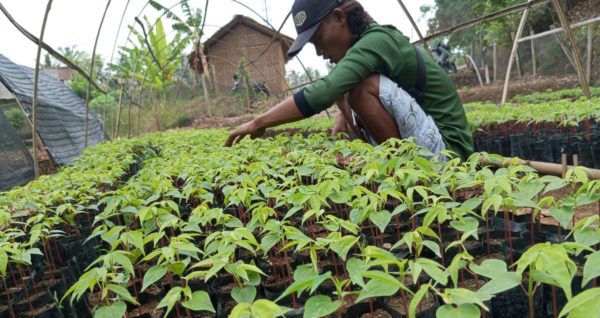
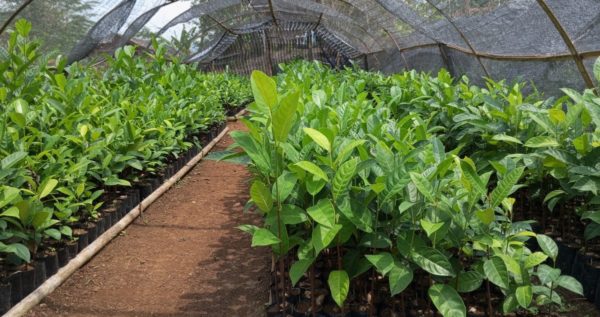
Jackfruit, or nangka is one of the favorite fruits in Indonesia, including the Java islands. Considering that the trees are widely cultivated by local people for their delicious fruits, the Kebumen nursery grows jackfruit tree-seedlings. These trees produce sweet, yellow fruits that can be consumed directly or used as an additional ingredient for traditional snacks and drinks, thanks to their distinctive aroma. The young fruits also can be used to prepare traditional Javanese dish called gudeg.
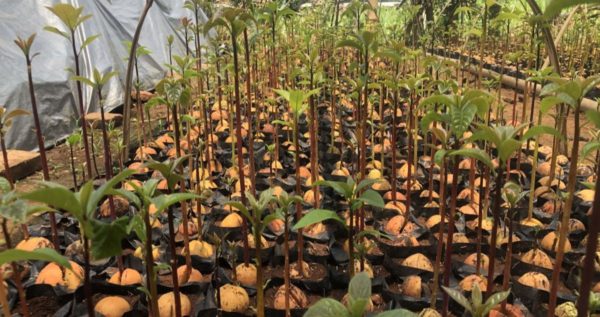
Avocado is one of the multipurpose trees that has a high economic value. Many people incorporate avocado fruit to their healthy diets, contributing to the fruits’ popularity and high demand. All our nurseries cultivate avocado tree-seedlings due to the strong interest of local people in planting avocados. (Above) Avocado tree-seedlings are thriving in the Pati Nursery. (Below) Avocado tree-seedlings are reaching new heights marking significant tree growth in the Cirasea Nursery.
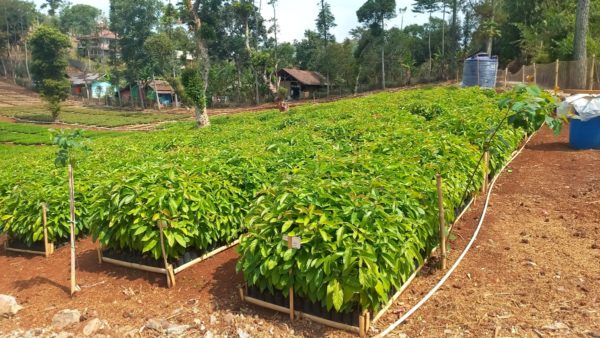
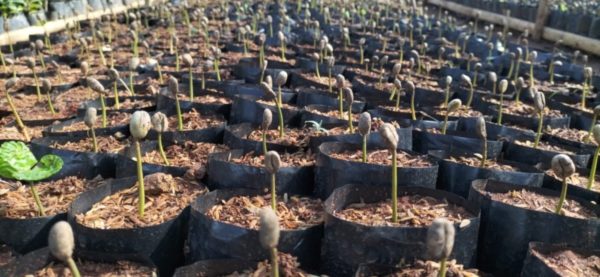
Coffee is one of promising commodities across Indonesia, and during our planting seasons, this species always takes the spotlight. Many tree growers have a strong interest in cultivating coffee trees due to their economic value. (Above) New shoots of coffee tree seedlings have embarked to grow in our Ciminyak nursery. (Below) The two–month–old coffee tree-seedlings are growing greener, displaying their distinctive rounded-shape leaves.
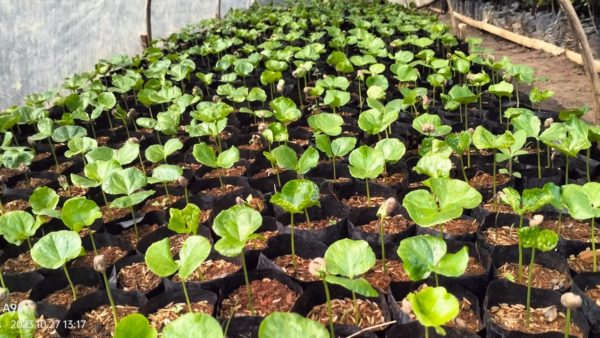
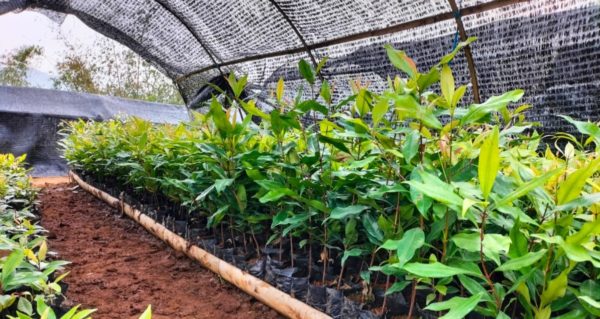
The clove tree, known as cengkeh is an evergreen tree native to the North Maluku Islands of Indonesia. Its aromatic flower buds are highly valuable due to their competitive prices in the market. This species is one of the trees we cultivate to provide income opportunities for our tree growers. (Above) Clove tree seedlings are growing taller in our Ciminyak nursery.
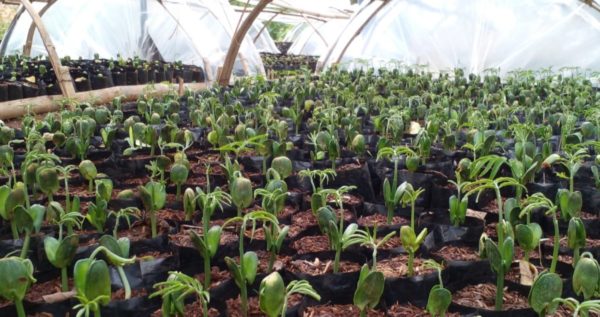
Petai is popular in Indonesia due to most of Indonesian enjoy eating the beans fresh. The petai tree, also known as stinky bean tree, is native to Southeast Asia and produces long green beans about the size of almond. These beans have a high demand in the market. We cultivate petai in our nurseries to provide opportunities for our tree growers partner to gain economic benefits by planting the tree. (Above) Petai seedlings in Soreang nursery in 2 weeks old. (Below) Petai seedings in 2 months old.
